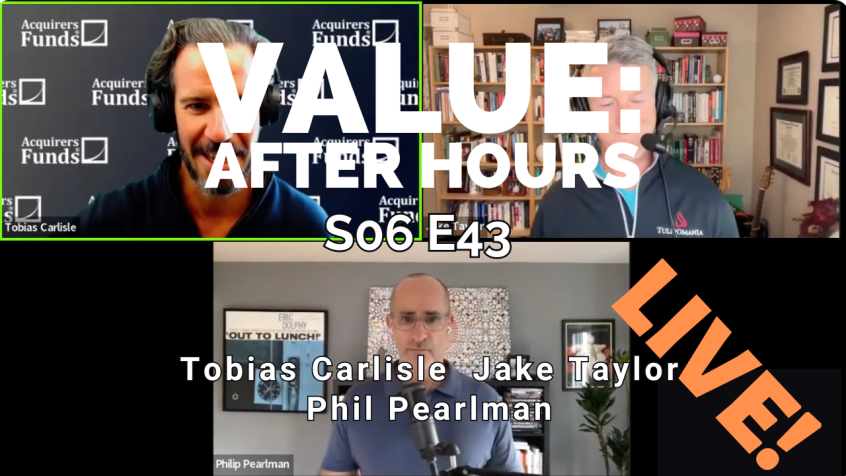During their recent episode, Taylor, Carlisle, and Phil Pearlman discussed Overachiever’s Dilemma: Rest, Injury, and Staying Consistent. Here’s an excerpt from the episode:
Tobias: When you’re listening to this feedback a little bit more from your body, how do you balance that with– We’ve all got an inner bitch that says, “I don’t want to do this today. I feel tired.” I think that sometimes probably listen to the inner bitch a little bit too much rather than how do you balance those two? Genuinely, you need a rest or you’re just being weak?
Phil: You, guys, me and your audience are all overachievers by definition, by statistically. Part of the curse of the overachiever is pushing ourselves really hard. It’s not just a curse. There’s two sides to it. It’s also a blessing. We’ve gotten to where we are by pushing ourselves really hard. But at the same time, we get injured.
I got a text from a friend of mine this morning. It was just a photo of his leg up on a thing in a bandage. He fucking got injured. This guy is an incredible athlete who’s incredible condition. And so, finding that line is impossible. It’s never a perfect, perfect science. But if we know the next day we’re going back out there, then we can afford to be patient. So, I will err on the side of caution, just because I’ve been injured so many times.
I get clients all the time who are super overachievers. Very, very successful people who are in their 50s, early 60s, and they have all kinds of injuries that they have to deal with, and they’re going to three different doctors. They have a knee thing, they have a hip thing, they have an elbow thing, and it’s like, “Whoa.” And they’re looking for what more they could be adding.
So, think about that for a minute. You know what I mean? As long as you’re going to get back out there, the next day, I think you can err on the side of caution without having to worry about that day off or falling behind.
Jake: This reminds me of that the ergodicity conversations that we’ve had in the past about the ski racer that really gets after it, and they’ll win a lot more of the races of races like 1, 2, 3, but they end up crashing eventually and then they don’t get to race in the races 4, 5, 6, 7, 8, 9, 10. Whereas the more conservative one actually gets to participate in those. So, losses lead to the foregoing of future gains is one of the takeaways of ergodicity.
Phil: It’s exactly the invert– It’s loss aversion too. You can use that model that, you know, what was the classic quote, “Losses loom larger than gains.” And so, if you are a super elite athlete– If you are a world champion skier, I think they’re operating on a different model than we’re operating. What is our goal? Our goal is to, at least mine, isn’t to win a gold medal in the giant slalom. It’s to be really healthy now, feel great, be a great role model and then be healthy when I turn 70 still have my body operating really well. And so, I think that is a critical distinction between the two.
And so, with the loss aversion, when we lose– We lose money, it feels horrible. It feels worse than making money feels good. That’s the losses loom larger than gains. Exact same concept for injury for all of us mortals. Even us really accomplished mortals. Even a really, really good athlete who isn’t training for the Olympics.
If you are over 35 or 40, and you get injured and you’re out for a month, you get a double loss. There’s your losses are twice as bad. You lose the ability to work out and get stronger, and you lose the time that you would have been working out at that same pace. So, actually, it’s a double loss and you fall further behind. That gets worse the older you get.
So, if you think about it like rationally, it’s really hard to do. If you think about it rationally, that listening to your body thing, that taking a day off thing, as long as you know you’re coming back, There’s a lot of people that what happens is they either get injured or they take a day or two off and then they take another day off. Every day you take a day off after your third day off becomes more difficult to get back on and start working out again.
You can find out more about the VALUE: After Hours Podcast here – VALUE: After Hours Podcast. You can also listen to the podcast on your favorite podcast platforms here:
For all the latest news and podcasts, join our free newsletter here.
Don’t forget to check out our FREE Large Cap 1000 – Stock Screener, here at The Acquirer’s Multiple:



